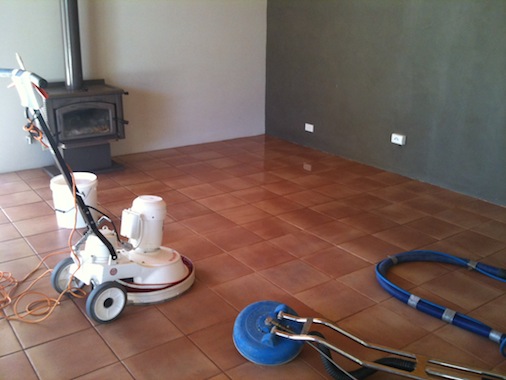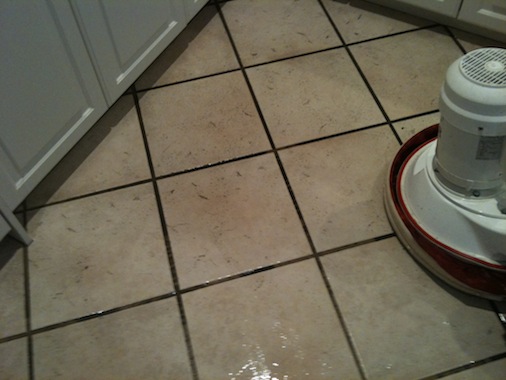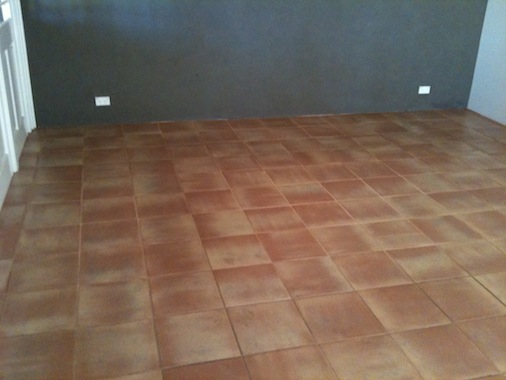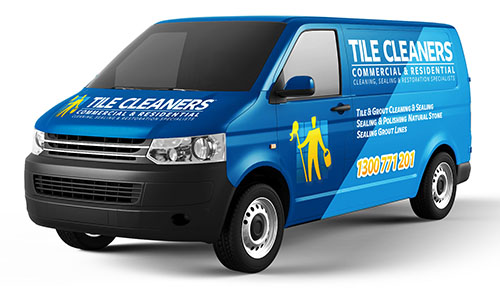We often get asked to recommend a sealer for ceramic tiles, the simple answer is if they are glazed then the tiles usually won't require sealing, but grout lines should always be sealed with a water based impregnating penetrating sealer, however if your ceramic tiles are porous then we recommend you seal the tiles and grout with a high quality impregnating water based sealer like Australian Deepshield™ Penetrating Sealer.
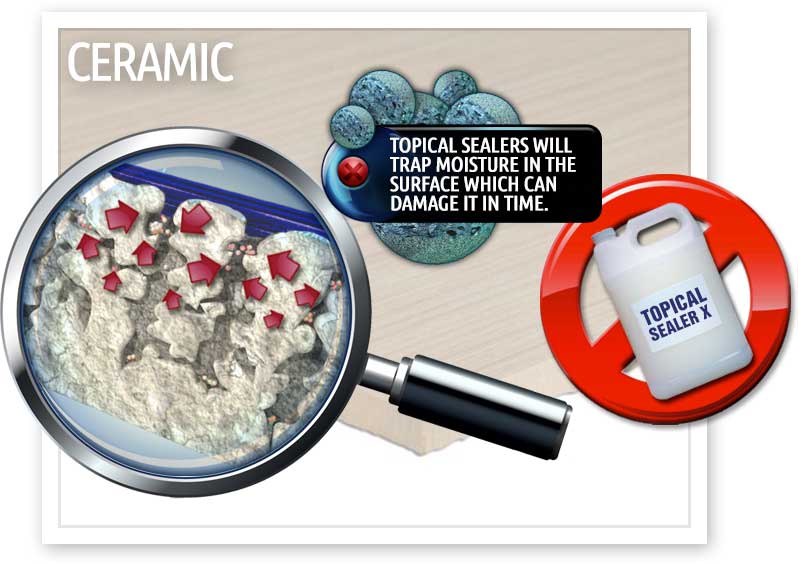
Certain varieties of ceramic tile will require an impregnating sealer to fill the micro pores on the tile surface. Australia's Deepshield™ Gold non-toxic sealer is specially designed to penetrate denser materials such as ceramic, porcelain, granite and marble, offering peace of mind by forming a barrier between the micro pores of your ceramic tiles against potential water and oil based stains, while preserving the tile's appearance and resulting in maintenance becoming easier.
Deepshield™ Gold impregnating sealer performs well on ceramic and porcelain tiles and also provides excellent protection to the typically cement based grout lines.
The first step in maintenance of ceramic tiles is the sealing of the tile (if porous) and the grout.
Sealing your ceramic tiles will keep most stains suspended at the surface, creating a barrier that provides protection against chemical attack, deterioration and contamination
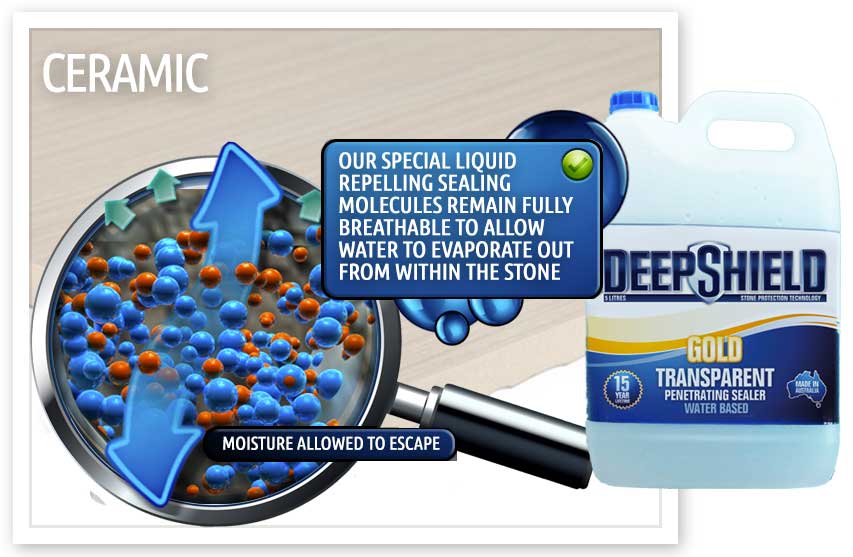
Generally, glazed tile requires no sealer and some unglazed tile also requires no sealer. Know the type of tile you are installing. Test it with a small amount of water. If the surface darkens, it absorbs water and needs to be sealed.
Generally, cementitious grout requires sealing while specialty grouts like epoxy and furans do not. If the grout darkens with water, it also needs a sealer.
Many people seal their tile that is installed indoors to protect against everyday dirt, stains and wear. When sealing tile indoors a topical sealer is important in some types of softer tiles like saltillo (topical produces a surface coat). When using a topical sealer, a "wear layer" or "sacrificial coating" of acrylic floor finish should be applied in addition to the sealer. This "wear layer" of acrylic floor finish will keep you from wearing through the sealer and having to strip and reseal the entire floor.
Some Manufacturers have sealers that incorporate a sacrificial coating together with a penetrating sealer. This can be the best of both worlds. However, it is critical that you maintain this wear layer.
On indoor installations of hard, dense tiles or stones, many people select a penetrating sealer only. This type of sealer leaves no topical finish and therefore does not require a "wear layer" coating, but will give lasting protection from everyday dirt and stains.
The use of sealers on tile is an area that books could be written about, with all the options available and their relations to each other. We speak only in very general terms and keep in mind; there are exceptions to every rule. Our technicians throughout are fully trained and experienced on using different types of sealers and will make sure your job is done professionally.
You can once again enjoy your surfaces in the best possible condition
Give us a call today, our knowledgeable and friendly customer service can assist you with all your questions and bookings. Call 1300 771 201
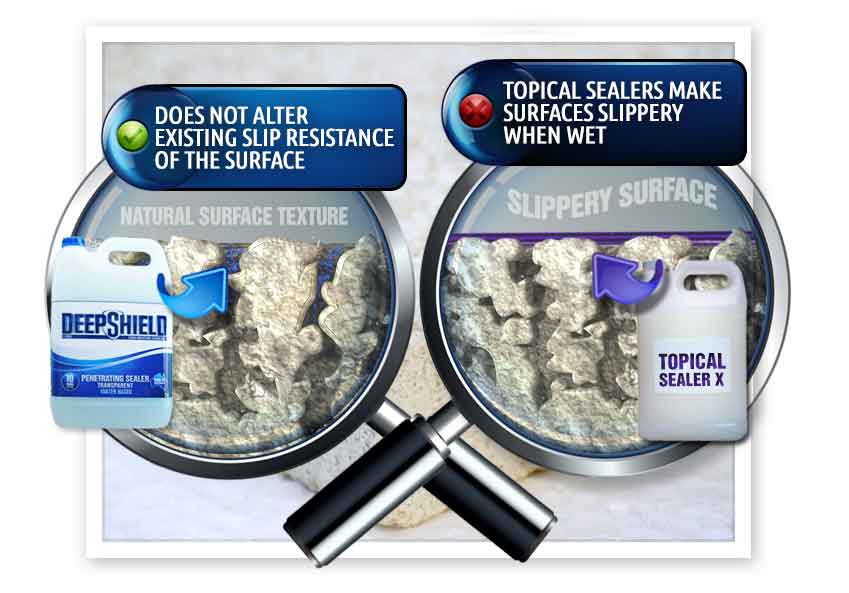




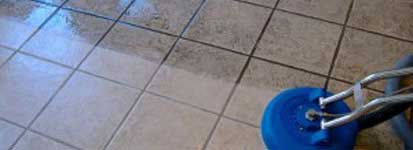
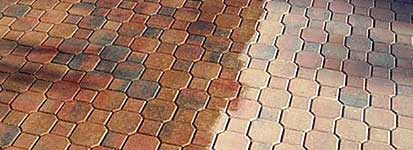
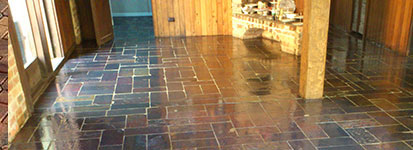
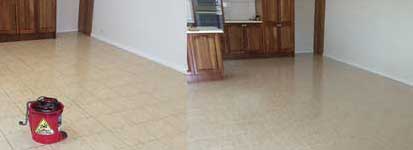
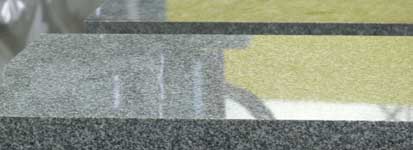
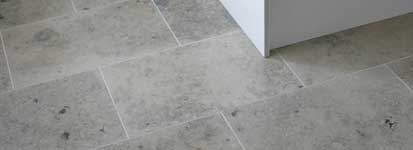
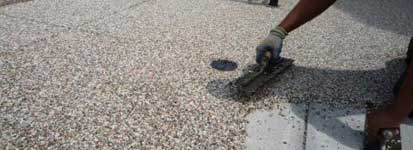
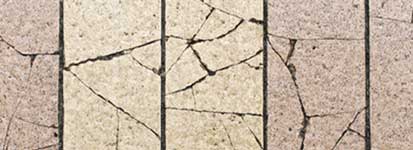
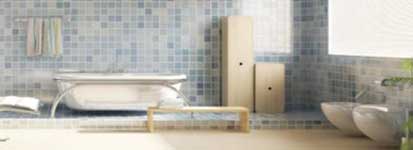
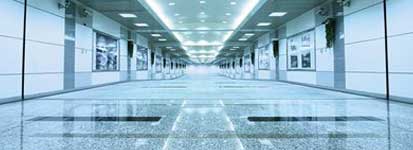
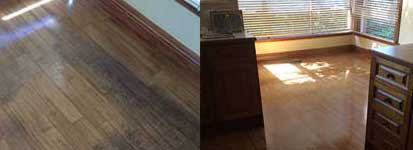
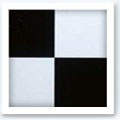
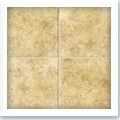
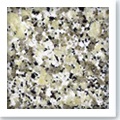
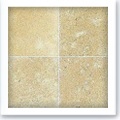
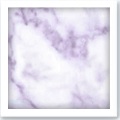
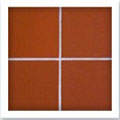
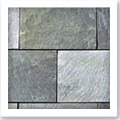
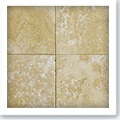
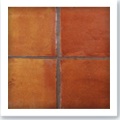
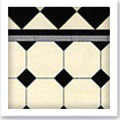
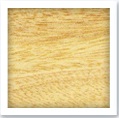
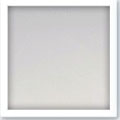
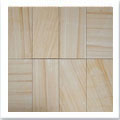
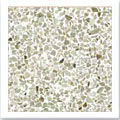
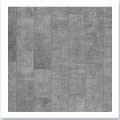
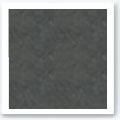
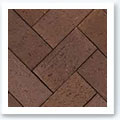
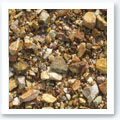
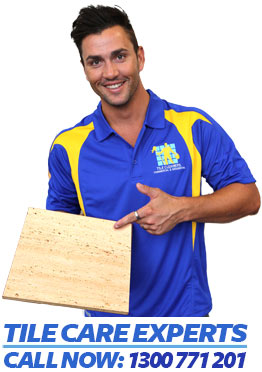


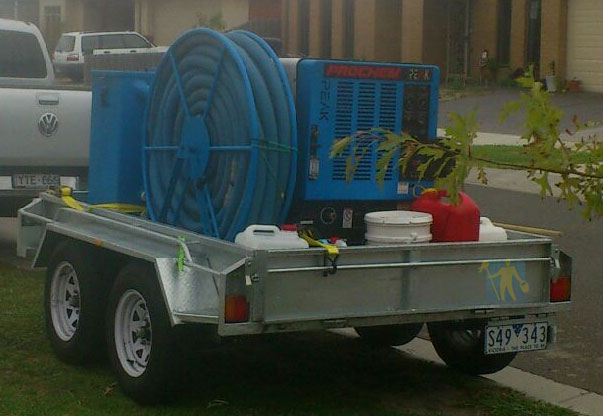
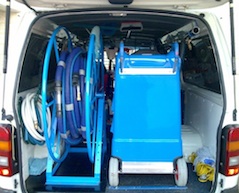
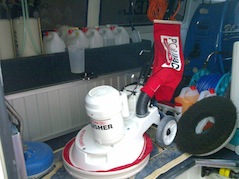
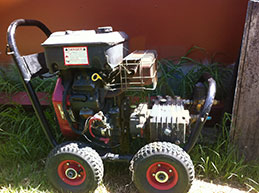
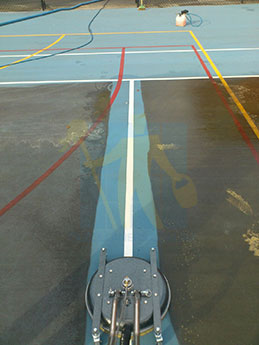

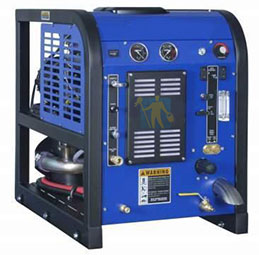
 Availability for emergency
Availability for emergency
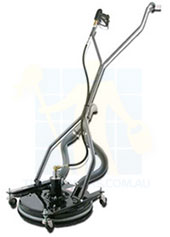
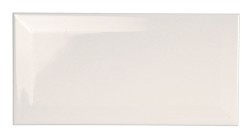 Ceramic tile is one of the most widely used products for flooring in Australia. Polished and colourful ceramic tiles housed within clean looking grout borders add a touch of sparkling charm to your home or business. Our team of ceramic sealing experts will protect your grout and tiles by using our quality sealers. We can seal ceramic tiles themselves or the grout lines between the tiles, protecting them and ensuring they are much easier to maintain. We will come to your home, office, shop or factory and get the job done quickly and professionally. Your ceramic tile & grout will continue looking great as well as remain protected for years to come.
Ceramic tile is one of the most widely used products for flooring in Australia. Polished and colourful ceramic tiles housed within clean looking grout borders add a touch of sparkling charm to your home or business. Our team of ceramic sealing experts will protect your grout and tiles by using our quality sealers. We can seal ceramic tiles themselves or the grout lines between the tiles, protecting them and ensuring they are much easier to maintain. We will come to your home, office, shop or factory and get the job done quickly and professionally. Your ceramic tile & grout will continue looking great as well as remain protected for years to come.
 Clay mud, mixed with various other natural minerals and materials, when dried and then “Fired”, combines forming a solid, hardened mass. Over the centuries people have learned to form the clay into tiles to be used for decoration or protection. Tiles can be painted using a coloured, powdered glass compound then “Fired” again causing the glass to melt to the surface of the tile. The “glazed” surface resists moisture and staining and works as a floor or wall surface because of those traits and the fact that it is highly durable.
Clay mud, mixed with various other natural minerals and materials, when dried and then “Fired”, combines forming a solid, hardened mass. Over the centuries people have learned to form the clay into tiles to be used for decoration or protection. Tiles can be painted using a coloured, powdered glass compound then “Fired” again causing the glass to melt to the surface of the tile. The “glazed” surface resists moisture and staining and works as a floor or wall surface because of those traits and the fact that it is highly durable.
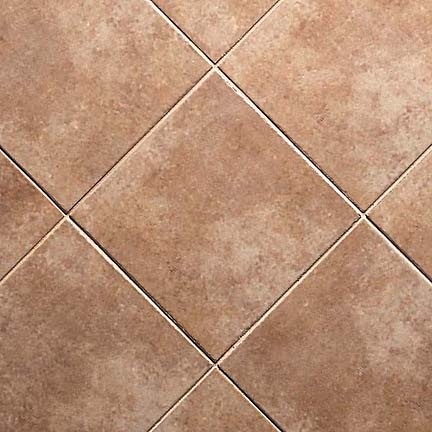
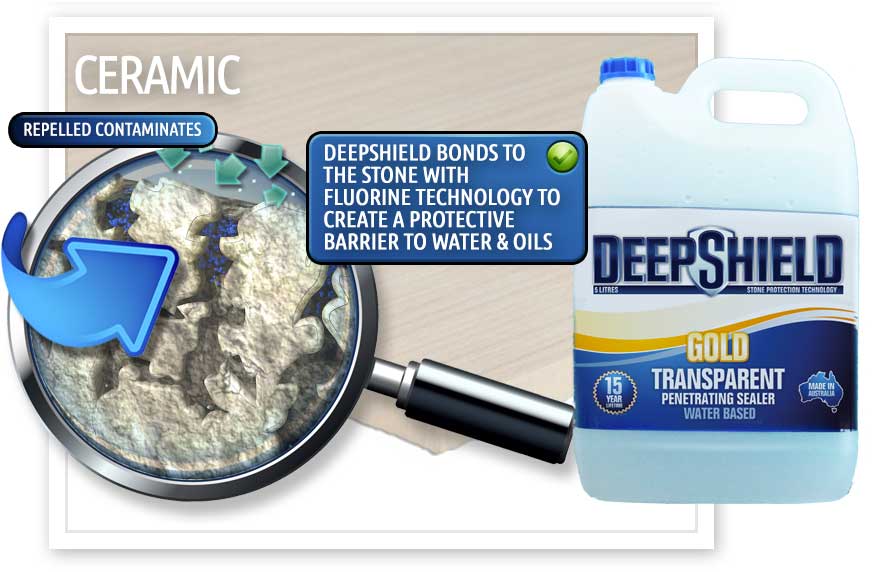
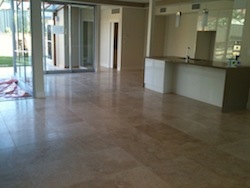

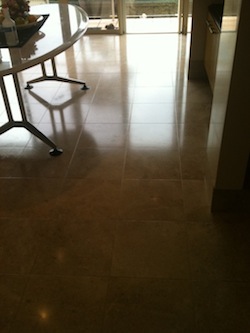 A lot of people want ceramic tiles in their home because of their remarkable looks, however many people of course do not enjoy cleaning ceramic tile floors. This is because ceramic tiles can be hard to clean, particularly in the grout lines and cracks. Once you do find the appropriate techniques, methods and products for cleaning, you will find that it is easy to keep your ceramic tiles clean and in great shape.
A lot of people want ceramic tiles in their home because of their remarkable looks, however many people of course do not enjoy cleaning ceramic tile floors. This is because ceramic tiles can be hard to clean, particularly in the grout lines and cracks. Once you do find the appropriate techniques, methods and products for cleaning, you will find that it is easy to keep your ceramic tiles clean and in great shape.
